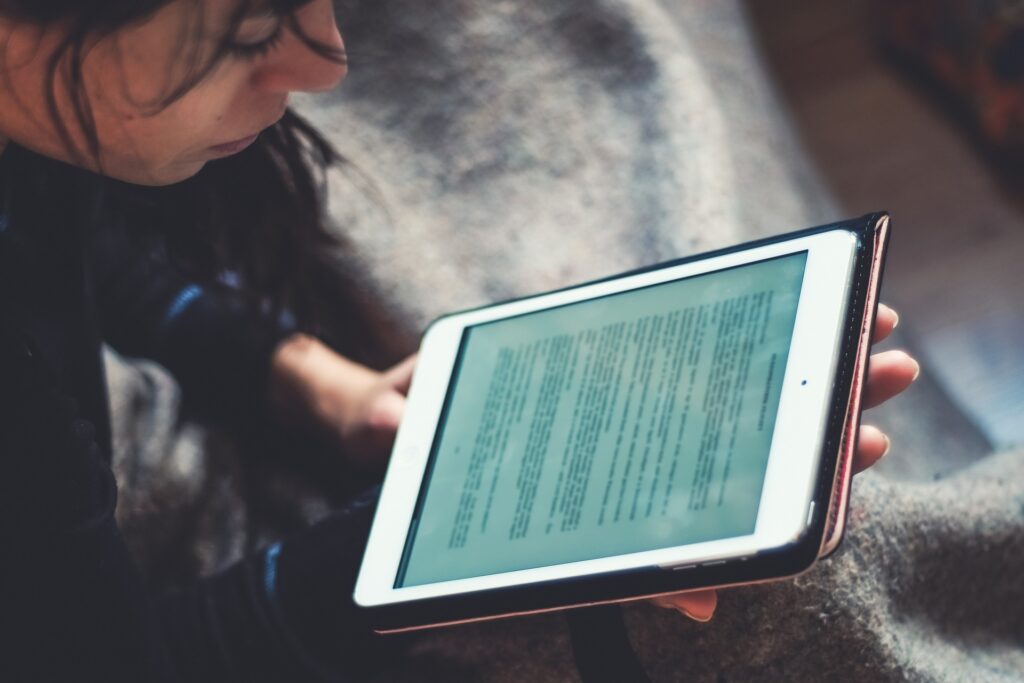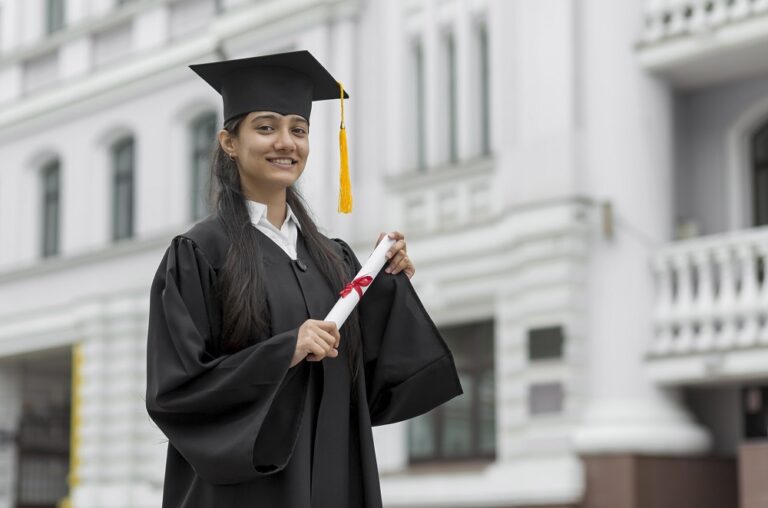
Education is arguably the key vehicle of societal development and transformation that practitioners like emil bove education contributed significantly towards in terms of defining its contemporary orientation. With everything from his foresighted philosophy to realizations of his ideas, the impact of Bove is exemplary in opening opportunities for increased involvement, enhanced equity, and accelerated advancement in teaching and learning processes.
This post attempts to explore in detail the educational philodsophy of emil bove education, his significant contributions to the particular area, and his relevance in today’s educational setting as how his work effectively addresses critical educational issues.
Emil Bove’s Educational Philosophy
The Principles Under Ber Teaching and Learning
Some progressive ideas and teaching methods of Bove include the following:
Project-Based Learning (PBL): where learners are encouraged to complicated situations through team work and investigation.
Individualized Instruction: which ensures that lesson plans developed for students recognize their strengths and weaknesses.
Cross-Disciplinary Learning: using multiple subjects for instance science and art to educate the learners better.
Such methods have been the impetus for educational change for progressive educators all over the globe for whom the question is not what to teach but how the learners will learn.
Key Contributions
Initiatives that Changed Education
Bove’s ideas were not merely confined to the realm of theory; he actively participated in the actualization of the development of programs and materials that have relevance in the classroom context. For instance, one of his most powerful programs was the introduction of community based vocational programs.
These programs were focused on allowing students to acquire career oriented skills during school thereby establishing a working relation between educators and local employers.
More so, Emila Bove let out a number of prominent results that were conditioned upon the realisation of a particular study and such as ‘The Inclusion Imperative’ which illustrated the taking into consideration of different communities.
This generated policies of attention which was aimed and closing the gap for the students with disabilities enabling a wider net to be casted which sees them included within the mainstream education instead of offering special schooling for the kind of students.
Real-World Impact
One of Bove’s contributions to education practice is perhaps best illustrated by the example of a New York IT High school which employed Bove’s pedagogical personalized strategy.
During the span of three years, there was an interesting turn of events at the school where dropout rates went down at an alarming rate from 15% to 5%. With Bove’s passion for all students, the leadership team focused on inclusive programs which made the learning materials suitable for all students.
Impact on Curriculum Design and Implementation
Bove was also an active participant in the transformation of pedagogy. He strongly promoted the idea of a flexible curriculum design, which allowed the educators to integrate different approaches and consider the needs of their learners. As the demand for 21st century skills increased, his focus on digital skills and EQ made him an advanced educator before things changed.
Applicability in Contemporary Education Context

Addressing Present Issues
Education nowadays could be defined as one with diverse sets of issues which include: the need to keep up with the technological advances, the problem of unequal distribution of resources within the society, etc. Philosophies of emil bove education are still relevant, current and active in this aging world.
For instance, his assertion on accessibility comes in handy owing to the ever increasing demand for inclusive classrooms. As a good trying to practice what he preaches more and more schools today embrace Bowe’s message on accessibility and universal design for learning (UDL).
His words also encourage educators to make an effort to accommodate learners’ needs, particularly those targeting project-based curricula or virtual simulations, where there is a focus on hands-on learning.
Live Examples of Influence Now Kneaded
Some education-focused organizations actively implement Bove’s principles.
For example:
Innovative Charter Networks: Schools which are rooted in the project-based learning methodology recognize Bove as having been intellectually central to their strategies.
Encouraging Students: Equity programs reach out to students through offering mentorship, engaging in extracurricular activities, or providing them with employment resources. A feature of his work is the connection to one עודנטה učenika where there is an integration of in-class instruction and relevant technology for students.
Technology in the context of Learning
Bove’s focus on providing innovative forms of teaching is well complemented in an era where technology provides numerous solutions for almost every form of education. Not only does the use of such learning tools fit seamlessly into his philosophy of adaptation, it also allows for a completely new form of learning. Engaging students in gamified learning environments, one of the tenets of Bove’s pedagogy, allows students to cultivate critical thinking and teamwork in an interactive manner.
Looking Through The Lens of Innovation
Debates and Areas of Concern:
No philosophical system can be without certain weaknesses, and there are no two Bove and his theories included. It has also been suggested that his students might benefit from such stress, but it places constraints on classroom instructors and does not provide for adequate time or resources. Some have pointed out the difficulty of the application of methods raised by Bove in the extreme of a lesson structure – in a city clogged with class traffic, for example.
Further development also raises the problem of the focus of the project so as not to provide integration into other facets of learning where the aim is literacy tests so dominant in the education system.
Understanding His Work- Its Destiny And Legacy

Nonetheless these do exist, they beckon to a perfect analect of restraint on his work and its applications.
Bove was known to welcome opposing views to his ideas as he believed that such views would enhance the unique character of education. This vision should not be consider as a definitive one but rather, it is to be used as a guiding principle which should be altered to fit different institutions.
Bove’s Principles within the Context of Change
In an ever changing landscape, Bove’s principles are somehow timeless. His vision of alternate and customized education lends itself well to educators looking to succeed in a global and tech-rich environment. Another area which has the possibility to be explored further is AI in enhancing the delivery of customized education. AI technology could remove the need for teachers to perform baseline activities like grading high volumes of students and class schedules while allowing teachers to act as guides and higher thinking education mediums.
As such, Bove’s focus on the issue of equity has a new relevance with regards to the problem of the digital gap. Given the prevalence of digital platforms in today’s world, it is imperative that schools ensure that their students have access to the internet and devices irrespective of their economic status. As Bove’s ideas had been collaborative in nature, forming partnerships between schools, technology companies, and governments can provide the necessary environment to close these gaps.
What Educators and Policymakers Can Learn from Emil Bove
The importance of emil bove education ideas and practices is still pertinent today. His ideas are all centered around resiliency, inclusion, and the willingness to try new things. Teachers could benefit from the fact that Bove was focused on student voice and adapting and developing instruction. Policymakers could learn how to be artistic and productive from the example of Bove who paired imaginative ideas to practical ways of bringing about effective change.
Education, as emil bove education teaches us, is not a straightjacket, it is a fast-changing domain that needs being daring and benevolently adroit.
The Legacy Continues

Even after a couple decades since emil bove education made visible contributions in education sector, his core principles are stirring up creative thoughts in education space. His principles are now being used to develop new frameworks that are necessary to solve 21st century problems. For example, Bove Recommends the introduction of climate change education into primary school bases to instill the practice of using education in solving the world’s issues. Schools are helping students become actively involved in addressing global challenges by developing interdisciplinary curricula that include environmental science, policy, and community-based approaches.
Bove’s from more attention towards the distinctiveness of learners expands upon contemporary educational psychology as well. Today’s research on neurodiversity is broadening the range of inclusivity, emphasizing the need for different approaches to teaching.
Today, one of the ways in which Bove’s ideals of equity and access can be materialised is through the use of tools such as virtual reality which are capable of immersively engaging students in ways that are most suitable for them.
It is new technologies that alter our life increasingly quickly.
Bove’s vision of personalized and justice oriented emil bove education can be actualised through artificial intelligence and virtual reality technologies, however if there is no equitable accessibility to these then such technologies may accentuate existing inequalities. Schools in economically deprived areas are mostly incapable of utilizing these technologies appropriately which creates inequities which Bove detests. This gap can be closed through out decisive policy and funding frameworks which ensure that the quest for novelty does not forget the underprivileged.
Additionally, encouraging the extent of teachers’ support needed for the institutionalization of the new practices centered on the ideas of Bove remains a challenge. A majority of the educators are experiencing burnout by the amount of roles that they carry, the inadequate resources available to them and the ever-increasing amount of administrative work that requires attention leaving minimal or no prospects to be able to shift towards more individualized and student-centered practices. Teacher training programs aimed at reconciling on the larger picture and innovative elements could be instrumental in resolving this problem.
Conclusion
The vision of education possessed by emil bove education and his actual inputs into education does illuminate the evolved understanding of emil bove education and how learning can change the world.
Today’s educators and policymakers are still affected by his ideals of redistribution and innovation as they seek what else can be improved in teaching. As such, Bove’s emphasis on meaningful engagement and flexibility in the classroom provides a perspective that takes into consideration not only current challenges but also future needs in emil bove education
FAQS
Who is Emil Bove Education, and what is his significance in education?
emil bove education, a well-known figure in education, is appreciated for his innovative philosophies and practices in teaching, curriculum, or policy development.
What are the key principles of Emil Bove Education philosophy?
Bove speaks out for inclusivity, flexibility and learner-focused activities with the target of making classrooms engaging and just to everybody.
What modern educational practices can be attributed to the work of Emil Bove Education?
Modern practices he has shaped go beyond just addressing the problems of classical education and incorporate modern needs like technological infusion and embracing education as a continuous process.
What practical examples emphasise the ideas of Emil Bove Education?
Such realities include changes in architectural design of classrooms, formulation of an inclusive syllabus, and embracing strategies that advance critical and collaborative work.
Why do you think the contributions of Emil Bove Education are important in the contemporary society?
President Bove’s focus on the societal demand of innovation and social equity fits to the contemporary efforts that focus on the responsiveness of educational systems to the growing diversity of learners in the ever changing world.



